
Over the years we have shared hundreds of videos and articles focusing on mountain bike skills, and how to improve them. This page will serve as a collection of as much of that information as possible to make the topic more digestible for readers. We will update it regularly, as new skills content comes our way.
Why focus on skills?
Skills are roughly defined as our ability to do something well, often with desired results. Such ability requires heaps of practice, a period of failure, adaptation, and eventually confidence. Oh, and throw in a healthy dose of humility for good measure.
Most people are not born talented at the things they love to do. For some, the challenge of learning and improving is precisely what draws them to highly skilled activities like mountain biking.
If you look back at the level of skills that carried you through your first few rides, you likely can see some improvement from where you sit today. Maybe you have some scars that remind you of specific lessons?
I have a friend who has been racing mountain bikes professionally for over twenty years, and he just recently learned how to manual. He raves about how useful this new skill is on the trail, and chides himself for not learning it sooner. Even the most talented riders have something they could practice and improve, and elements of their skills where they’d like to have more confidence.
Have a look at the skills below to see what you could practice and improve. Then, dedicate part of each ride, or one ride per week, to sharpening your axe.
Basic MTB skills
The first skills most riders learn are centered around staying safely on the trail, riding efficiently, and gaining overall balance on the bike. These are the skills that allow us to crash less and ride longer, making mountain biking more enjoyable. Armed with these core pillars of mountain bike technique we can progress to more advanced skills quite quickly.
Reading the trail
You may have heard the adage that you should look as far up the trail as possible, and keep your “eyes on the exit” while turning. These phrases are 100% true and are possibly the most important skills in mountain biking. Vision and scanning the trail properly will help you anticipate obstacles and changes in the track, eventually allowing you to ride faster and more confidently.
This article has some helpful info on scanning the trail and looking where you want to go.

Balance
Learning how to balance your weight on the bike in a variety of positions will allow you to maneuver your bike through and over trail obstacles, and balance is essential to all of the more advanced skills you may want to learn.
Pedal Stroke
An efficient pedal stroke is a key to saving energy throughout the course of your ride, climbing smoothly, sprinting powerfully, and eventually will help you to get over the larger obstacles in your path. For new riders, achieving a pedal stroke with solid circular power transfer will save you a lot of energy and make your ride far more pleasant.
- Here is a GMBN video about creating a smooth and efficient pedal stroke, and some guidelines about how proper saddle height can help.
- This piece goes a little further into how gear setup affects your pedal stroke.
- This blog post by FSA details some of the mechanics of a smooth pedal stroke, and some exercises you can use to improve your circles.
- This article points out the importance of high cadence for climbing.
Intermediate MTB skills
Once you start to feel comfortable on the trail and can confidently scan the trail ahead of you in time to make a safe decision to walk it or shred it, the next steps in mountain bike skill progression are all about getting around and/or over sharp turns and obstacles.
Cornering
A good majority of trailside dirt naps and general crashes happen while we are turning, making this an obvious element to improve next. Additionally, if you are interested in going faster on your bike, carrying more speed through turns is one of the best ways to shave seconds off your overall time. The first time you feel the force of your body being pushed into a berm at speed you will likely let out some indescribable sound of joy, and instantly be hooked on turning as fast as possible.
- “The correct way to go fast through a turn is to push down hard with the pedal on the outside of the turn while having the inside pedal at the top of the pedal stroke.” Corey Maddocks breaks cornering positioning down thoroughly here.
- How to Corner on your Mountain Bike: Cornering Tips From 20 World Champs, Skills Coaches, and Veteran Amateurs
- How to Ride Flat Corners on Your Mountain Bike

Front wheel lift
There will forever be obstacles in trails, thankfully, and learning how to get your bike over them without a dismount can be a lot of fun. The first part of that process is lofting your front wheel onto and over things so that you can roll over them. Front wheel lifts can also be a good transition to wheelies and manuals, which are advanced skills we will cover later.
This article outlines the various ways to lift your front wheel and get yourself over a log or similar object.
Technical climbs
Like it or dab it, mountain biking requires some climbing in most areas. Learning to climb steep and technical tracks can be one of the most fun challenges on two wheels, and in some cases, it is the skill that pushes racers to the top step.
- This article outlines some important elements for climbing better.
- In this article Singletracks contributor Becky Parker offers some tips to enjoy climbing.
- Seat height is important for technical climbing. Check out this piece on finding the correct saddle height for your body.
- In this video, Jeff Lenosky goes over the mechanics of technical climbing.
Singletracks even dedicated an entire podcast episode to mountain bike climbing tips.

Riding drops
As you start to ride steeper and more technical tracks you will inevitably find some stair steps and drop-offs in your path. Depending on the size of the drop it can be good to look at the landing before you send it, but with the tips in these videos below you should be ready to huck yourself in the air in no time.
- This video goes over the basics of drops in 60 seconds.
- Here Phil Kmetz describes how to start slower drops with a brief manual, and faster drops with a pump and lean technique.
- Another video emphasizing the use of a manual to initiate a drop.
- Riding on-sight drops on unknown trails.
- Jeff Lenosky shows us how not to drop.

Advanced MTB skills
Don’t worry if you don’t have the following skills… yet. Developing advanced mountain bike skills takes time, and for some of these, the use cases are fairly limited. Still, once you nail these tricks you’ll have the confidence to ride any trail, anywhere.
Steep descending
No matter how fit and skilled you are on the climbs, you likely love a long and fast descent. Once the shreddy bits of the trail become steeper and more technical than braking and leaning back can manage, there are different skills to help you enjoy the slide. If you don’t enjoy fall-line tracks and steep chutes, or you live in a pancake-shaped place, learning to ride steep descents properly will make things safer when you eventually need to get down.
This Singletracks podcast on descending will help to improve your down times.
Here are some descending tips courtesy of Redbull.
More GMBN knowledge on letting loose on the steep stuff.

Bunny hops
The obvious step to follow front wheel lifts is getting the rest of your bike off the ground and over obstacles. Bunny hops can help riders clear objects in the trail without scrubbing any speed, and they are the basis for many more advanced skills that mountain bikers can try once they’re able to achieve the proper amount of loft.
- Here Phil Kmetz discusses the difference between the American and English bunny hop.
- In this GMBN video, Neil goes over the steps of a proper bunny hop.
- Watch Chris Carter’s step-by-step guide to bunny hopping.
- In this video Jeff Lenosky takes the bunny hop in a different direction with a technique called a punch.
Jumps
Whether it was on a dirt pile at a construction site near your childhood home, or your neighbor’s skateboard ramp, most of us have attempted a jump or two at some point. Throwing our bikes and bodies in the air simultaneously is something even the best riders can improve upon, and fortunately, there are heaps of resources to help us along.
To take these tips further and add style or get more extreme, you may want to look into a gravity clinic at your local bike park.

Wheelies
Remember the ever-important wheel-lift we mentioned above? Now is when you can add some finesse and fun to it. Wheelies can help keep your front wheel out of larger wheel-swallowing dips in the trail (“wheelie drop”), allow you to place your front wheel where you want it when you want it, and a host of other useful and stylish maneuvers.

Manual
The manual can be useful in many of the same situations as a wheelie, and it looks super cool. You don’t have to be able to manual all the way to the bar like some of the pro riders you see in video edits. If you learn to manual for 2-3 bike lengths you have achieved most of the useful elements of the skill.
Beyond the 2-3 bike length roll, you can practice until you manual while sleeping if that’s how you want to spend your time. A solid manual can help boost your front end off of fast drops, roll over larger holes without catching your front wheel on anything, and put yourself in position to boost the rear tire off of things, similar to the “punch” described in the bunny hop section above.
Nose pivots
Not every corner on the trail was built for the amount of space your bike needs to turn. For example, the fork stanchions on downhill bikes often meet the frame/bumpers at a point that is occasionally too soon. As bikes get longer and trails get steeper, some switchbacks and technical turns require you to lift your rear wheel and pivot in order to point your bike toward the exit. A well-timed nose pivot, or endo turn, will help you make the turn in a tight spot. This skill has at least 4 different names. Feel free to give us your iteration in the comments below.
- Seth describes how to “endo turn,” and why it is an important skill.
- This GMBN video is a great demonstration of how to pivot-turn or nose pivot.
- This video from the Babob channel is a fantastic step by step lesson on how to pivot turn.
Skinnies
Occasionally the trail pares down to a tire width or becomes a log bridge above a cold spring stream. Being able to ride skinnies is high on the list of “skills that allow you to walk less and ride more.” Like wheelies and manuals, some folks have a more natural inclination to the balance requirements of this skill, but with practice, we can all make it happen.
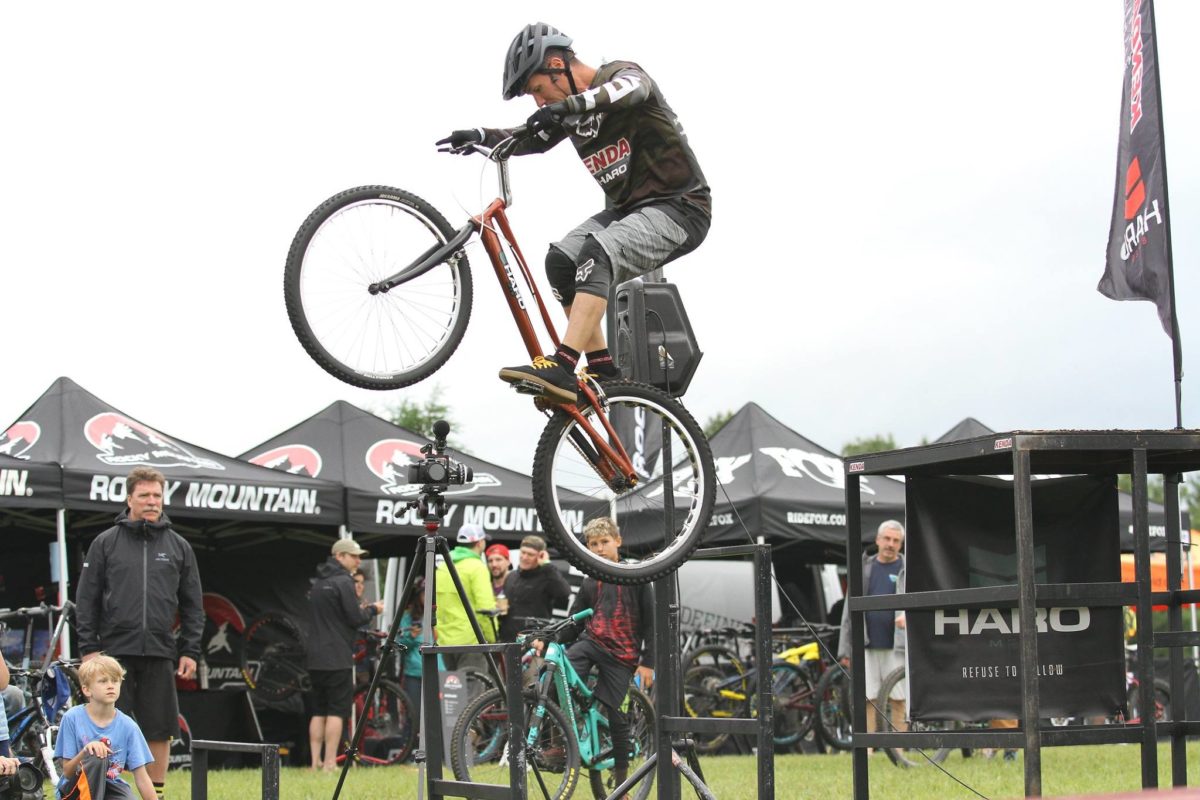
Larger drops and gaps
Once you have mastered everything above, you can go back and make it all better. If your burning desire is to spend more time in the air, the next step is to move your honed jumping skills to the hips, gaps, and larger drops at your local trail center. I would suggest watching how a lot of other folks achieve hang time, and possibly taking a gravity skills class, before launching yourself over any fire roads.
- This GMBN video outlines how to transition from tabletops to gap jumps.
- Lewi Pilgrim explains how he thinks through a jump line.
- Here are some tips to check your jumping technique as you push it up and out.
- Another fantastic skill breakdown for progressing toward gap jumps.
Plan of attack
Now that you have a list of mountain bike skills to work on, it’s time to make a plan.
Session everything
Repeat the skills above and find where you need to improve. The best place to practice is sometimes the place you know best. Go out to your favorite trail and try to go bigger, faster, and further than before.
Check out a skills clinic
There are skills clinics in nearly every corner of the world where there are trails, and riders at every level can benefit from hearing how to do things, or how to do them differently. Check the Singletracks calendar for upcoming skills clinics happening around the world.
Ride with more experienced riders
Your more experienced friends can be a fantastic resource for learning new skills. Maybe they have been riding longer, have more time to shred, or simply have a knack for the two-wheeled machine. Either way, you can learn from watching them and following them. If there is a trail, or a jump, that you are afraid to ride, follow them in. Maybe ask them to take it a little slow so you can get a feel for things. This will allow you to observe their skills, and to focus on something other than the butterflies in your gut.
Watch videos
If you don’t have a friend to follow down the spooky tracks, or you want to analyze the body position of professional riders as they perform a skill you want to learn, videos can be very helpful tools to help you build a mental picture of how you want your body to be positioned for a particular skill. They can also help boost your confidence and get you stoked to go try new skills.
Is there anything we missed? Which bike skills are you having a hard time learning?







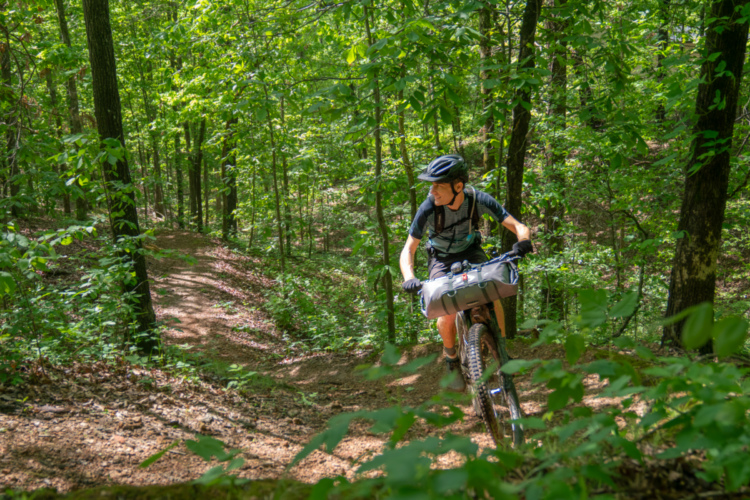
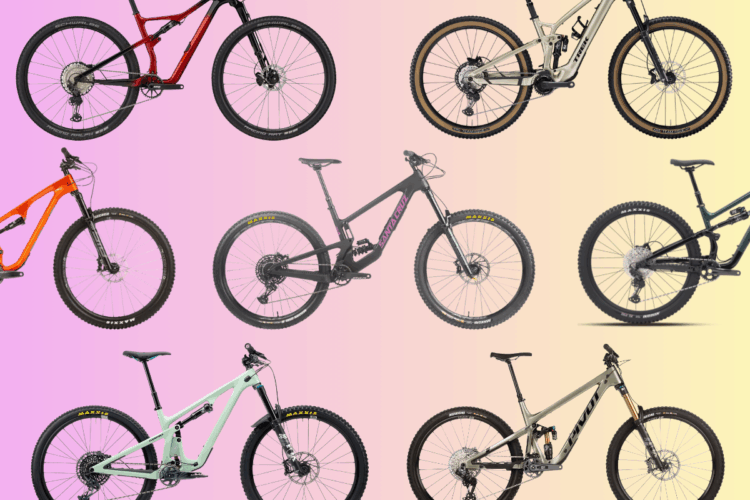
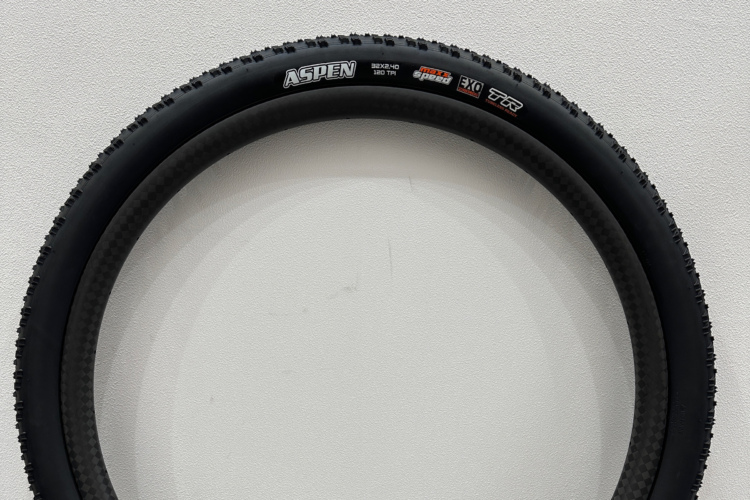
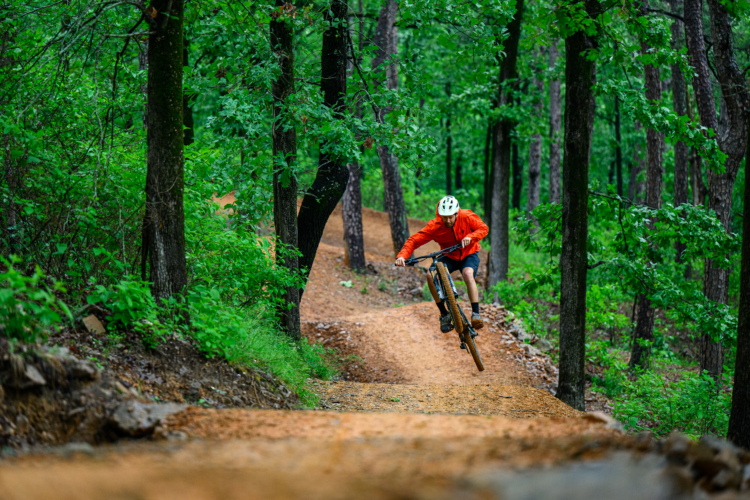

4 Comments
Nov 7, 2018
Nov 7, 2018
Learn how to not get hurt.
May 3, 2022
May 3, 2022